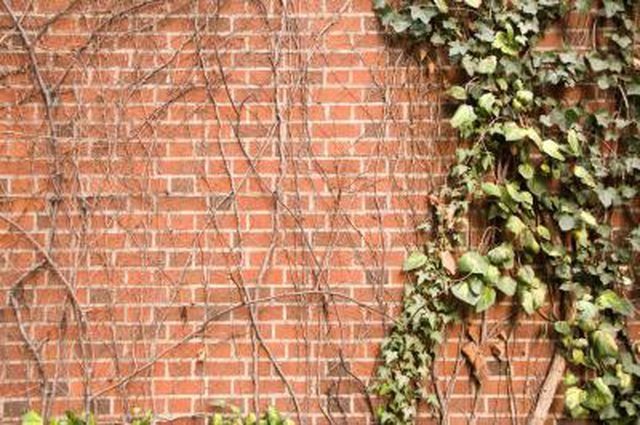Bulbs
Flower Basics
Flower Beds & Specialty Gardens
Flower Garden
Garden Furniture
Garden Gnomes
Garden Seeds
Garden Sheds
Garden Statues
Garden Tools & Supplies
Gardening Basics
Green & Organic
Groundcovers & Vines
Growing Annuals
Growing Basil
Growing Beans
Growing Berries
Growing Blueberries
Growing Cactus
Growing Corn
Growing Cotton
Growing Edibles
Growing Flowers
Growing Garlic
Growing Grapes
Growing Grass
Growing Herbs
Growing Jasmine
Growing Mint
Growing Mushrooms
Orchids
Growing Peanuts
Growing Perennials
Growing Plants
Growing Rosemary
Growing Roses
Growing Strawberries
Growing Sunflowers
Growing Thyme
Growing Tomatoes
Growing Tulips
Growing Vegetables
Herb Basics
Herb Garden
Indoor Growing
Landscaping Basics
Landscaping Patios
Landscaping Plants
Landscaping Shrubs
Landscaping Trees
Landscaping Walks & Pathways
Lawn Basics
Lawn Maintenance
Lawn Mowers
Lawn Ornaments
Lawn Planting
Lawn Tools
Outdoor Growing
Overall Landscape Planning
Pests, Weeds & Problems
Plant Basics
Rock Garden
Rose Garden
Shrubs
Soil
Specialty Gardens
Trees
Vegetable Garden
Yard Maintenance
How to Get Rid of Dead Ivy on the Wall
How to Get Rid of Dead Ivy on the Wall. No matter the structure, ivy climbs it and spreads. Ivy growth is especially common on brick walls, as their grooves and rough texturing provide convenient handles for ivy roots to grip. Since ivy roots are so strong, they generally remain attached to walls long after the ivy plant itself is dead. These roots...

No matter the structure, ivy climbs it and spreads. Ivy growth is especially common on brick walls, as their grooves and rough texturing provide convenient handles for ivy roots to grip. Since ivy roots are so strong, they generally remain attached to walls long after the ivy plant itself is dead. These roots eventually present challenges as they penetrate and widen crevices in walls. Dead ivy also provides shelter for insects and other pests. Promptly removing dead ivy from walls prevents damage and restores their appearance.
Things You'll Need
Gardening gloves
Wooden scraper
Household scrub brush
2-gallon bucket
1 tablespoon liquid of dishwashing detergent
Stirring utensil
Garden hose
Pull the dead ivy off the wall while wearing gardening gloves. Tug very gently at the vines, detaching as much overgrowth as possible.
Loosen the stuck-on roots and stems using a wooden scraper. Gently scrape the wall to avoid damaging it.
Scrub off the dead ivy tendrils using a household scrub brush. Lightly scrub the wall if it is damaged. Remove as many dead tendrils as possible.
Prepare a detergent solution if difficult tendrils remain on the wall. Fill an ordinary 2-gallon bucket with warm water and 1 tablespoon of liquid dishwashing detergent. Mix the soapy water well.
Scrub off the remaining dead tendrils using the brush and soapy solution. Use the previous scrubbing techniques to avoid damaging the wall.
Rinse the wall with clean water.
Tips & Warnings
Cut off large ivy vines using pruning shears.
Hire a professional to remove dead ivy from unsound walls, as they may crumble and become hazardous.